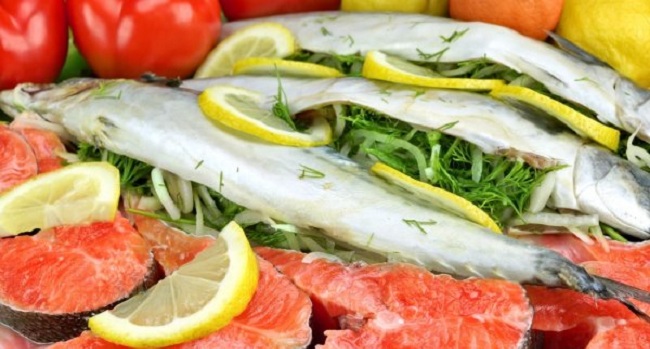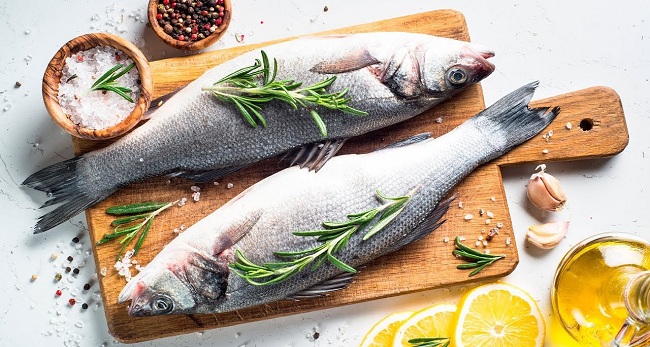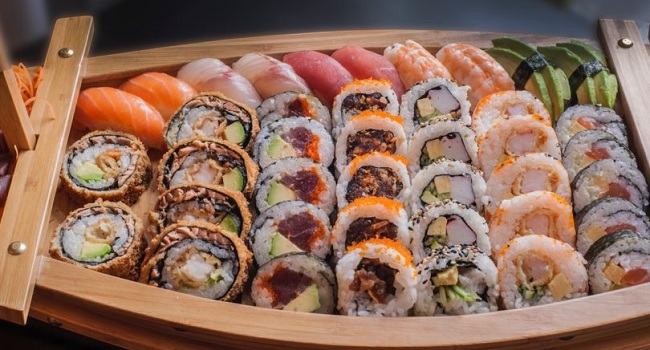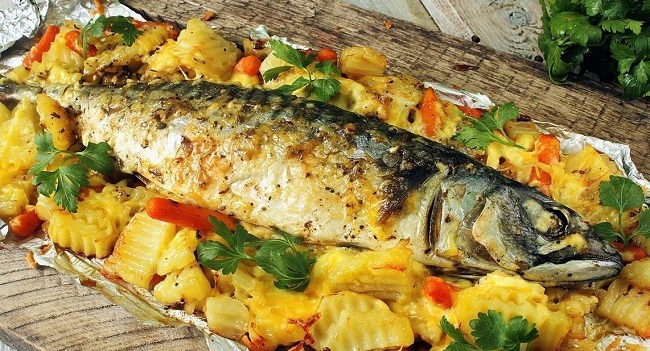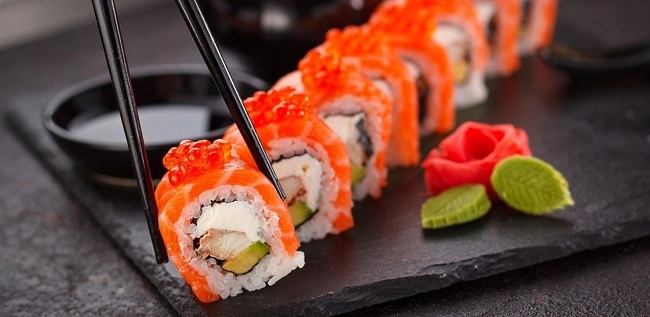These are the most helpful tips that you will definitely need!

- Fish dishes must not be cooked over high heat. As the fish broth boils, you should reduce the heat and continue cooking the fish over low heat (boiling should be, but very weak).
- When cooking, frozen fish can only be put in cold water.
- It is recommended to fry fish in a small amount of fat; it is better to use a mixture of butter and vegetable for this.
- To get an appetizing crust on all sides, you should not put the fish pieces in the pan tightly to each other.
- Small fish or cut into pieces are placed in boiling water. This is done so that it is not digested. When cooking, large fish is placed in cold water, and when the water boils, water is added as needed.
- Granular caviar will last longer and will not dry out if you pour a thin layer of vegetable oil into the jar with it on top and then close the jar tightly with a lid.
- If there is fried or boiled fish left after lunch or dinner, it can be stored in the refrigerator for no more than 1-2 days, and before serving, boiled fish should be boiled in fish broth (or water), and the fried fish should be fried one more time as usual – on both sides each piece of fish.
- To make fish broth tastier and more aromatic, use several types of fish when cooking it.
- Determining the readiness of boiled fish is simple – stick a match into it. If it easily enters the meat of the fish, then the fish is ready.

